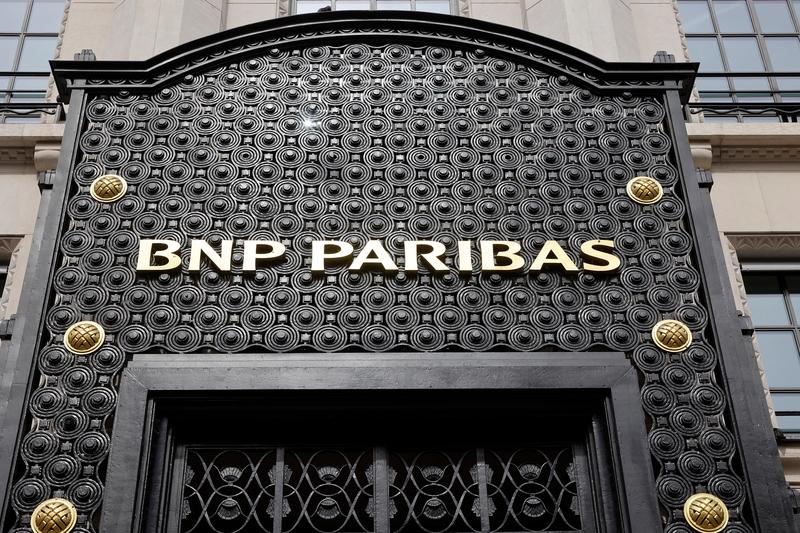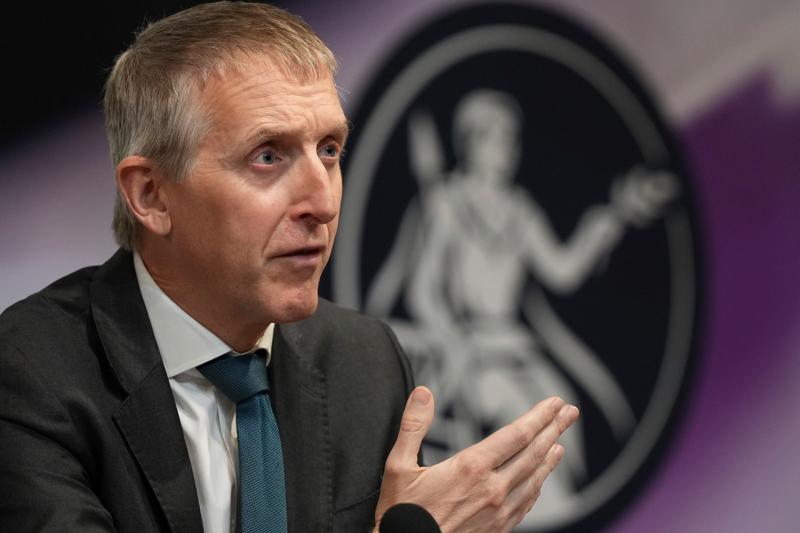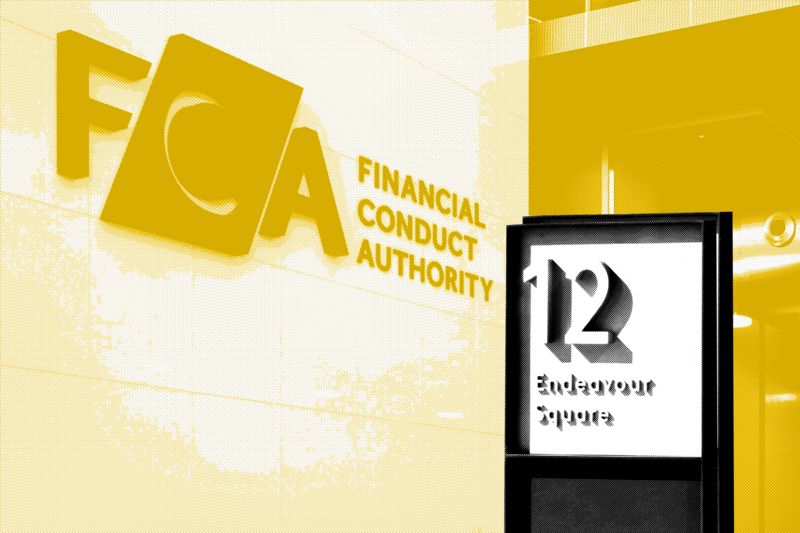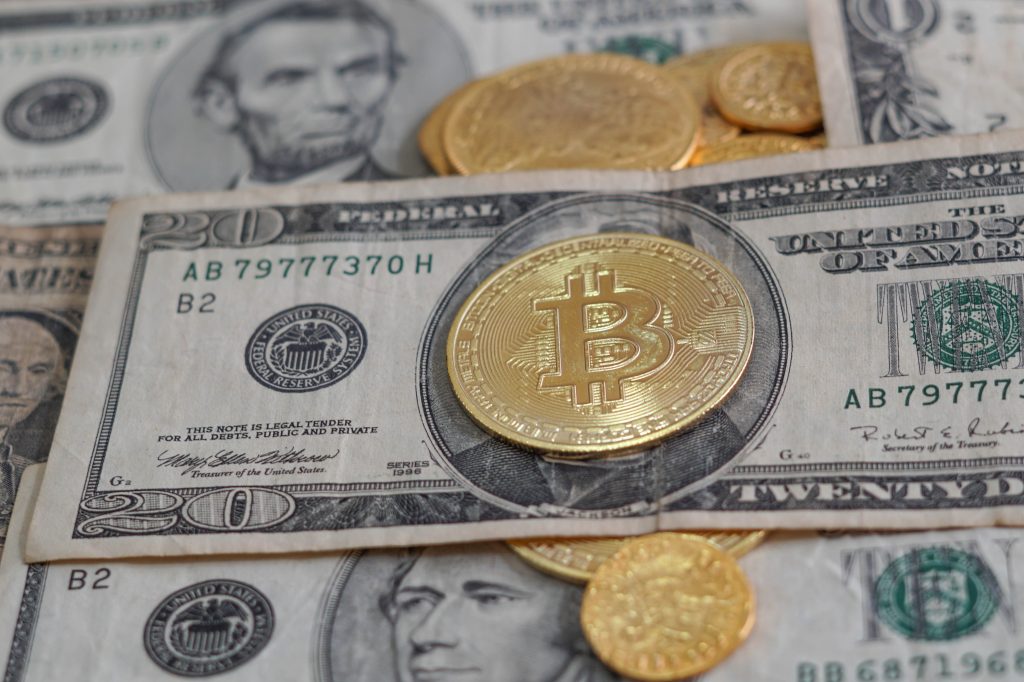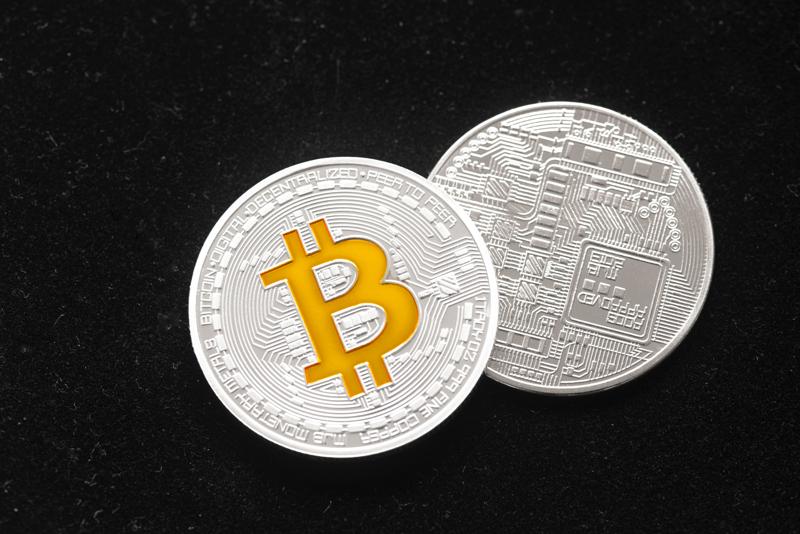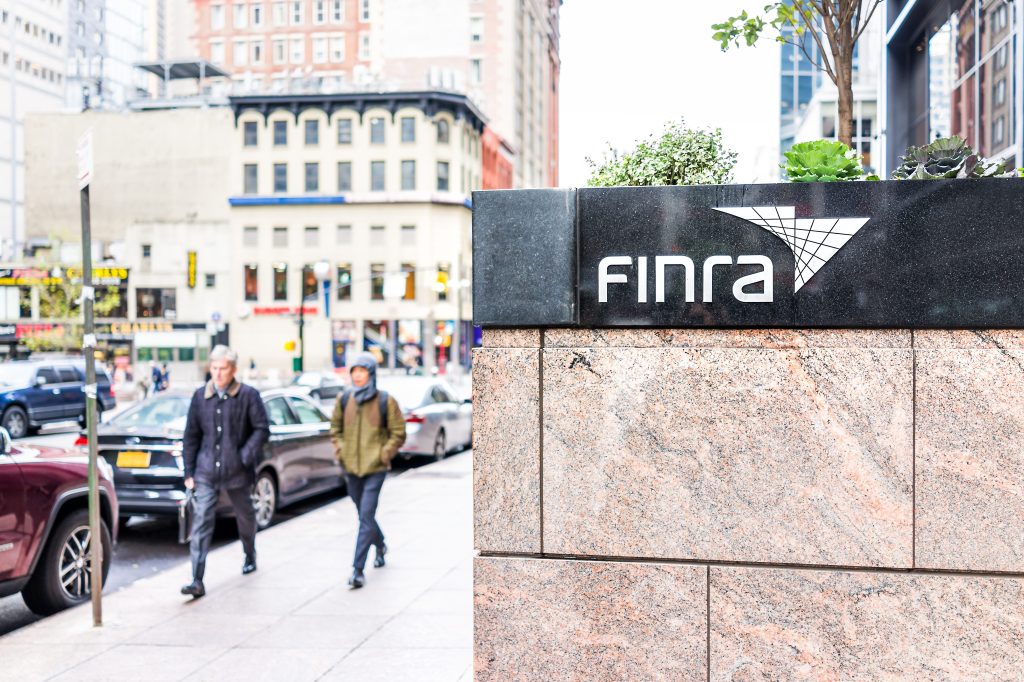A whistlestop journey through 43 years of history in five minutes.
1982
Computer scientist and cryptographer David Chaum publishes a dissertation containing the first known proposal for a blockchain protocol.
1991
Scientists Stuart Haber and W Scott Stornetta publish a work on deploying a chain of blocks using cryptography to ensure content and date could not be adjusted – a system that came to be known as blockchain technology.
1992
Scientist Ralph Merkle invents cryptographic hashing and the Merkle Tree system, which allows efficient verification of multiple documents in a large data structure.
1998
Legal professional and computer scientist Nick Szabo produces the earliest decentralized currency – Bit Gold.

Photo: Steven Ferdman/Getty Images
2000
Crytographer Stefan Konst publishes a research paper suggesting how to produce cryptographically secured chains that can be traced back to origin to prove authenticity.
2004
Scientist Hal Finney introduces a digital cash system with a reuseable proof of work system, solving the critical issue of double spending.
2008
The global financial crash rocks confidence in traditional banking and finance systems and prompts renewed interest in decentralized alternatives. Satoshi Nakamoto modifies the Merkle Tree system to suggest a distributed blockchain system in the now iconic White Paper Bitcoin – A Peer to Peer Electronic Cash System.
2009
UK IT worker James Howells begins mining bitcoins, the process of validating transactions and adding them to the blockchain, rewarding miners with newley created bitcoins and transaction fees.
2010
Market cap of bitcoin exceeds $1m.

Photo: Chesnot/Getty Images
2012
Launch of trading exchange Coinbase, which is now the largest crypto exchange by trading volume.
2013
The term HODL is coined when a bitcoin investor mistypes “I am holding” as “I am hodling” on an online forum. The term quickly becomes a meme and is now recognized as a term that means staying invested in an asset that is rapidly declining in price. Also known as Hold On for Dear Life. FinCEN issues regulatory guidance for US-based crypto issuers and exchanges.
2014
Birth of Blockchain 2.0, as blockchain technology is separated from currency. PayPal announces bitcoin integration. First known NFT is minted. Japanese-based exchange Mt Gox, which handled over 70% of all bitcoin transactions globally, collapses after the loss and theft of hundreds of millions of dollars of bitcoin is discovered – prompting Japan to create formal regulations for cryptocurrency exchanges and virtual currencies.
2015
Programmer Vitalik Buterin launches the Ethereum Frontier Network, an open-source blockchain, allowing smart contract functionality and the use of decentralized applications. Linux Foundation launches the Hyperledger project, an umbrella open source blockchain project aimed at assisting global transactions. The number of merchants accepting bitcoin exceeds 100,000. New York state issues virtual currency regulation BitLicense. The US CFTC classifies bitcoin as a commodity.

Photo: Michael Ciaglo/Getty Images
2016
Ethereum’s Dencentralized Automous Organization (DAO) has its code exploited, with $60m-worth of ether stolen. DAO-related transactions were rolled back to allow original contributors to reclaim funds – the so-called Ethereum hard fork. Some users chose to keep running the original blockchain, which becomes known as Ethereum Classic. IBM announces blockchain strategy for cloud-based business solutions.
2017
Cryptocurrency market cap reaches $150 billion. Japan recognizes bitcoin as a legal form pf payment.
2018
Online platforms begin banning cryptocurrency adverts, sending bitcoin to a historic low in value. The UK FCA issues “Dear CEO” letter to UK banks asking them to identify AML risks associated with customers who use crypto assets.
2019
The Ethereum network reaches one million transactions a day. Amazon launches a managed blockchain service on Amazon Web Services. The Chinese government embraces blockchain. The New York Stock Exchange creates a digital wallet that includes crypto trading. The Hong Kong Monetary Authority signals financial institutions must make appropriate risk assessments of crypto customers.
2020
UK FCA requires all cryptocurrency firms to register under supervisory regime. Bahamas launches central bank digital currency. Office of the Comptroller of Currency indicates that US banks can provide cryptoasset custody services.
2021
NFTs begin to gain traction. Bitcoin reaches all-time high. Tesla endorses bitcoin as a payment method for its vehicles. El Salvador adopts bitcoin as legal tender. India bans use of cryptocurrencies as a method of payment. Bitcoin breaks $1 trillion in market value. SEC approves first bitcoin futures ETF. Canada approves spot bitcoin ETFs.

Photo: Michael M. Santiago/Getty Images
2022
Crypto winter hits as the value of most crypto plummets by up to 75%. Luna cryptocurrency collapses, wiping out almost $45 billion market cap. Cryptocurrency exchange FTX implodes after an $8 billion hole in its finances is revealed in what comes to be seen as one of the biggest financial frauds in US history. The Financial Stability Board publishes recommendations for global regulation, supervision and oversight of stablecoins.
2023
The legal framework for cryptoassets, MiCA, is passed by the EU. Crisis engulfs a number of banks with close ties to the crypto and tech sectors, including Silvergate, SVB and Signature Bank. The Blockchain Regulatory Certainty Act is introduced to US House of representatives.
2025
The US government establishes the Crypto Task Force under the leadership of SEC Commissioner Hester Peirce to “provide clarity on the application of the federal securities laws to the crypto asset market and to recommend practical policy measures that aim to foster innovation and protect investors.”

